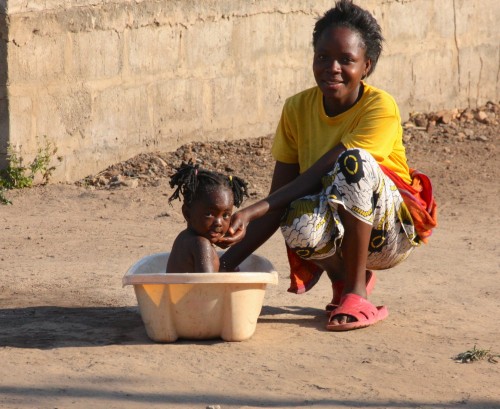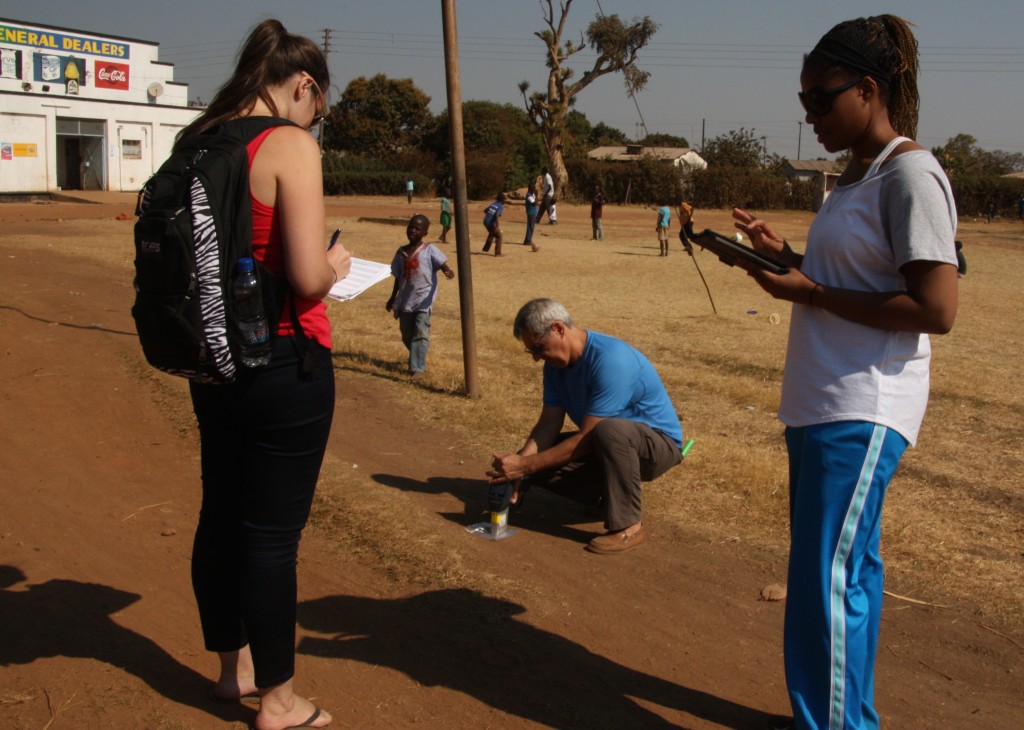The latest issue of Morbidity and Mortality Weekly Report (MMWR), the main resource for key public health information and recommendations from the CDC, features field notes from our July trip to Kabwe, where we found devastating levels of lead poisoning in children.

With a population of approximately 203,000, Kabwe is located in Zambia’s Copperbelt.
For nearly 100 years, lead mining and smelting operations contaminated the soil in the community.
Our Blacksmith/Pure Earth team, which included Dr. Jack Caravanos from the City University of New York School of Public Health, and Green Cross Switzerland, conducted extensive surface soil testing across 12 neighborhoods, and blood lead testing of 196 children aged two to eight years in six communities adjacent to the now-closed Kabwe mines and smelters.

We found that 26.5% of the children recorded blood lead levels higher than 65.0 µg/dL. The reference level at which CDC recommends public health actions be initiated is 5 µg/dL. The CDC recommends that lead chelation therapy be considered when a child has a blood lead level ≥45 µg /dL.
Read the full article in MMWR.
Related:



